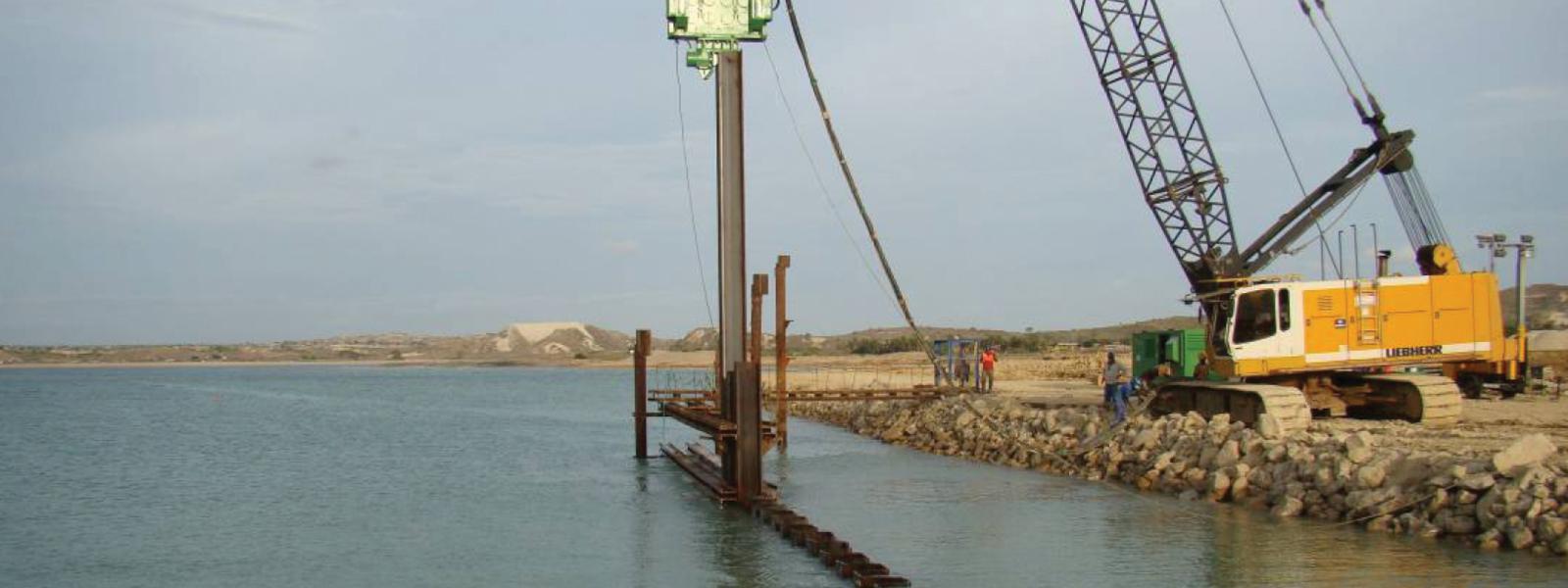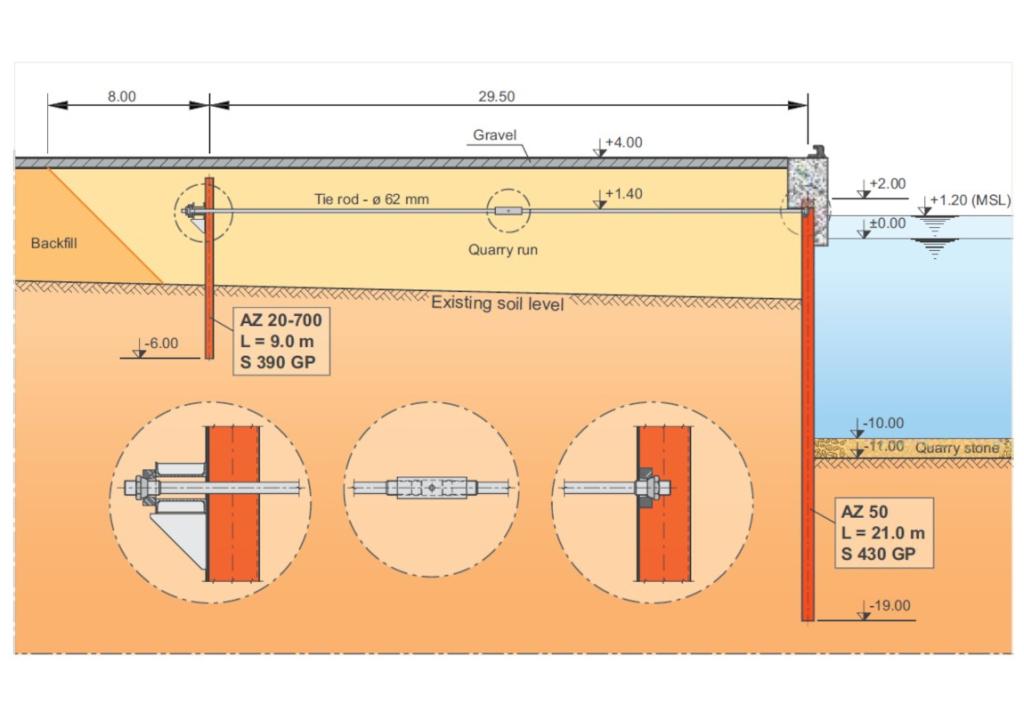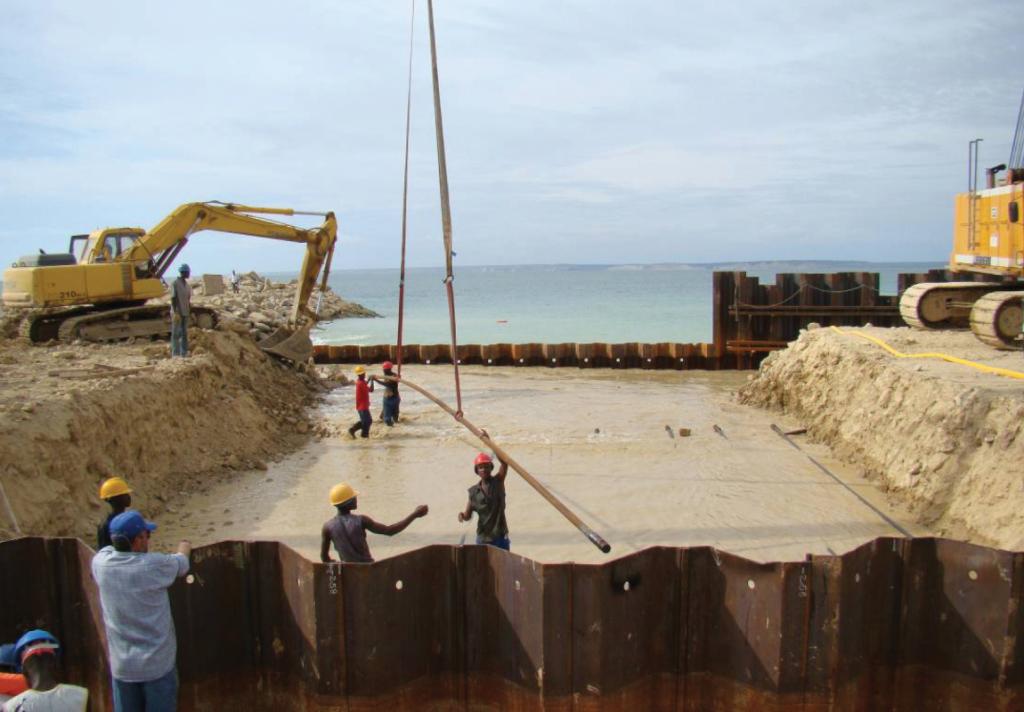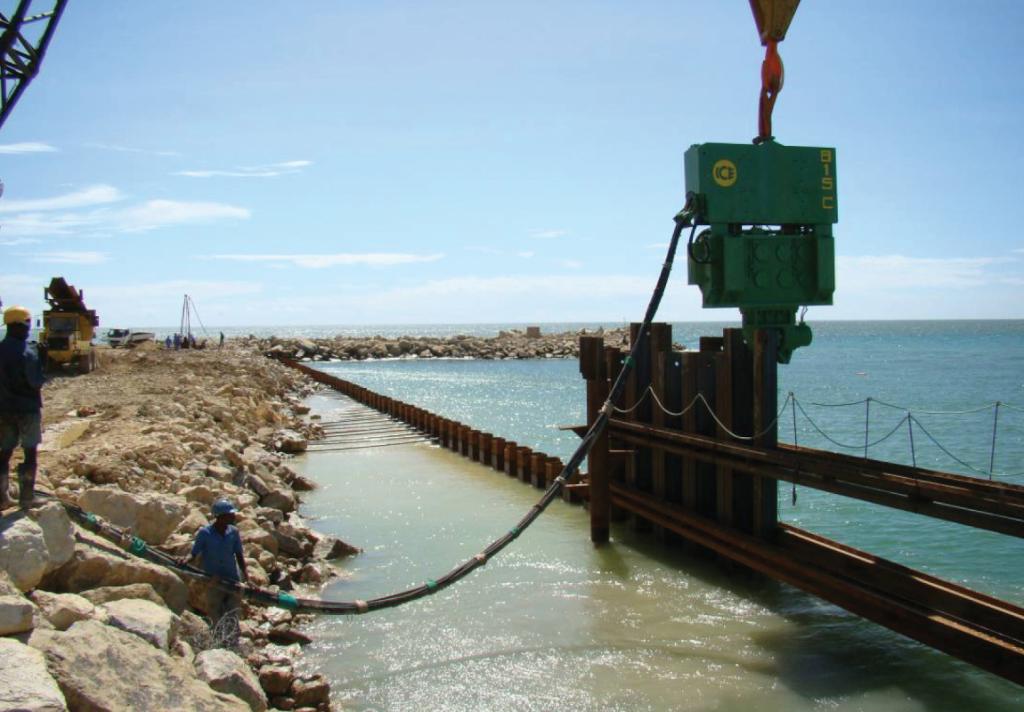PAENAL fabrication yard, Porto Amboim, Angola | 2007
Empowering Angola's industrial growth with PAENAL fabrication yard
PAENAL, Porto Amboim Estaleiros Navais Limitada, is a joint venture between SONANGOL and SBM. The new construction yard will provide the working area required to build offshore structures and will allow for the transformation of former Very Large Crude Carriers (VLCC) to Floating Production Storage Offloading vessels (FPSOs), to support the country’s rapidly developing offshore oil industry.
The PAENAL fabrication yard is located on the Enseada de Benguela Velha beach site located in the Kwanza Sul province, on the Atlantic shoreline of Angola. The site is approximately 3 km south of Porto Amboim, around 220 km south of Luanda.



 English
English
 French
French




